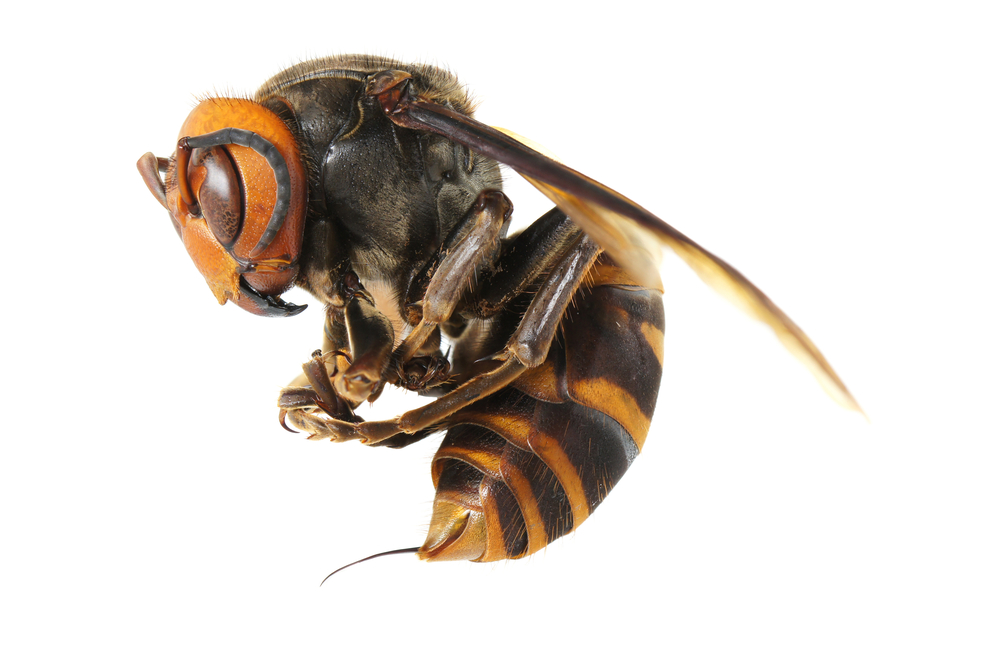Killer Hornets Terrorize China

A series of deadly hornet attacks has led Chinese officials to warn citizens to avoid walking through fields and wooded areas this year. At least 28 people have been killed, and hundreds seriously injured, when swarms of the stinging insects descend without warning on unsuspecting people.
The prime suspect in the killings is the Asian giant hornet — sometimes called the yak-killer hornet (Vespa mandarinia) — which can grow to be more than 2 inches (5 centimeters) in length, and has a quarter-inch-long (6 millimeters) stinger that delivers venom containing a potent neurotoxin.
The Asian giant hornet is the world's largest hornet, and is a voracious predator that dines on mantises, bees and other large insects. It has a deservedly evil reputation for wiping out entire hives containing thousands of honeybees by biting off the bees' heads and then stealing their honey and bee larvae. The hornets are capable of flying up to 62 miles (100 kilometers) in a single day at speeds of 25 mph (40 km/h). [Sting, Bite & Destroy: Nature's 10 Biggest Pests]
Most of the attacks have occurred in Shaanxi province, the South China Morning Post reports. One victim suffered acute renal failure after being stung by hornets; the man claimed the hornets chased him over a distance of more than 650 feet (200 meters). A 55-year-old woman from the same village reported that she was stung more than 200 times and needed to be hospitalized for almost a month.
The unexpected rise in hornet attacks may be due to a number of factors, according to The Guardian. Hotter weather in the area has led to more successful breeding for the hornets, and laborers are moving deeper into the isolated rural areas where the hornets typically live.
"Patients with more than 10 hornet stings should seek medical attention. Those with more than 30 stings need immediate emergency treatment," said a director of the Ankang (Shaanxi) Disease Control Center, as quoted in the Post. Area hospitals have now created medical teams specializing in the treatment of hornet stings, and fire crews have removed more than 300 hornet nests from residential areas in an effort to prevent additional deaths and injuries.
Follow Marc Lallanilla on Twitter and Google+. Follow us @livescience, Facebook & Google+. Original article on LiveScience.
Sign up for the Live Science daily newsletter now
Get the world’s most fascinating discoveries delivered straight to your inbox.










